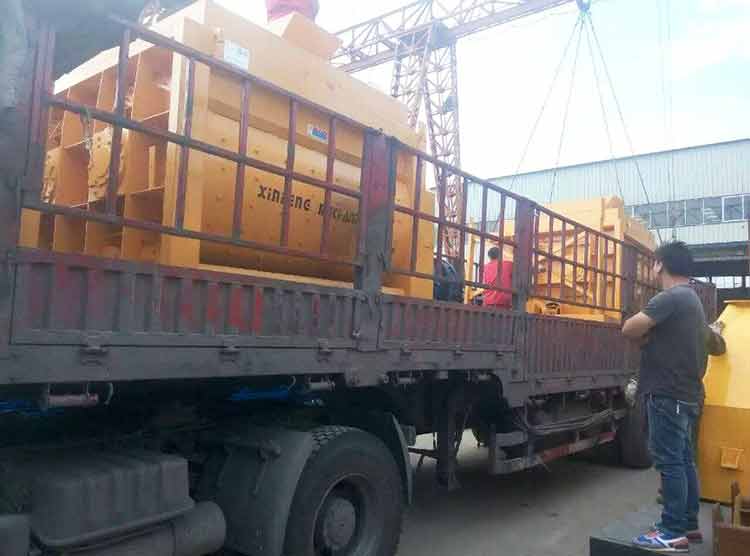Physical and chemical reaction of rubber powder polymer and cement paste
This process is quite complicated, and there are generally two views in the academic circles of dry mixed mortar at home and abroad.
Firstly, the rubber powder polymer forms a continuous polymer film inside the cement mortar, and some pores inside the mortar are sealed or covered and filled, so its permeability resistance is improved.
Specific mechanism: the hardening process of polymer-modified cement mortar is divided into three stages.
The first stage: during the mixing of cement mortar, the polymer particles in the emulsion move freely in the form of Brownian motion.As the water evaporates, the particles' movement is limited, and the interfacial tension between water and air causes them to gradually line up to form a polymer cement paste.In this system, cement combines water from the polymer dispersion system to form hydrates.At the same time, polymer particles are deposited on the surface of cement hydrates.
The second stage, with the reducing of water, cement gel structure in the development of polymer is limited in wool stoma, gradually with the further of hydration reaction, the moisture in wool stoma in decline, polymer dispersions lost moisture and gelation, and further drying, gathered in the surface of the cement hydrates, polymer film formed roughly.
Third stage: polymer film between the cement hydrates or cement hydrates and aggregate, as the hydration process of ongoing, further reduce the moisture, eventually polymer film forming continuous polymer network structure, due to polymer unique, bonding structure of the polymer network make polymer and cement bond into a package of hard and solid.Cement hydrate and polymer film permeate each other, thus improving the structure of mortar.
Second: the interaction between rubber powder polymer and calcium hydroxide will form a large polymer, which will reduce the porosity of mortar.
Specific mechanism of action: chemical reaction between cement and polymer.Under the action of alkali hydrolysis, the polymer releases the acetate group, which reacts with the calcium ions in the slurry to form calcium salt acetate and polyvinyl alcohol.Calcium acetate is a salt with strong moisture absorption, while polyvinyl alcohol is water-soluble. Therefore, when the polymer-modified cement mortar is soaked in water, its performance will be significantly reduced.The polymer can consume some calcium ions, resulting in a decrease in the content of calcium hydroxide in the slurry, and slowing down the hydration process of the cement. The modified cement slurry will form cord-like calcium-vanadium crystal and Hadley crystal.The average free path between polymer particles in the slurry decreases or even disappears, which makes the transfer of cracks in the hardened slurry more complex, the flexural strength ratio increases, and the toughness increases.
It can be considered that there are both chemical and physical reactions between rubber powder polymer and cement paste, and the results of the two reactions affect the properties of cement paste.

Zhengzhou Xinfeng Machinery Co., Ltd. Main concrete mixer,
concrete mixing station, stabilized soil mixing station, concrete batching machine, concrete conveying equipment, please call to discuss!


